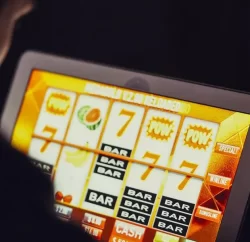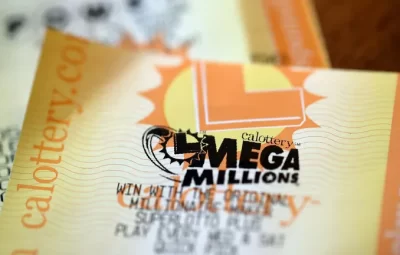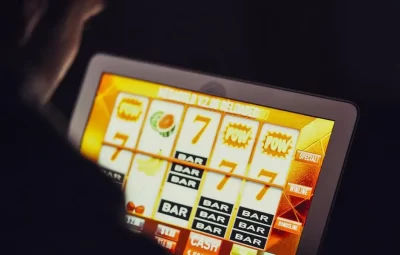Football games also have fouls, just like other sports. However, unlike other sports, football games only allow for two types of fouls. This is based on the nature of the foul. Fouls may occur at any time during the game. The offensive team will receive a free kick if a foul is committed outside the penalty area. If the offensive player is fouled in the penalty area, an offensive kick will be awarded.
Offense live score Committed
When a foul is committed, the referee will raise a flag. The offense will determine the color of the card that is raised. There are two types of cards the referee can carry during a game: the yellow card or the red card. * Yellow Card – This is raised by the referee to indicate that a player has committed a basic foul. This serves to warn the player who has committed the foul. Two yellow cards will be issued to the same player if they are both infractions.
* Red card – A red card means that a player is expelled from the game. The yellow card should be used to warn the player before they are given a card. However, there are cases in which a player receives a direct red card for serious offenses such as spitting, violent acts, injury to another player, and using hands to stop them from scoring.
Punishments for Felonies
For fouls, there are many punishments. These are the following.
* No Kick –This is the penalty for fouls committed outside a penalty area, but not a serious offense. To take a free kick, the opponent must be at least 10 yards from the player. The free kick will be taken back if the rule is not respected. There are two types.
Fouls with the clear intent to hurt the offensive player are eligible for a direct free kick. Direct free kick allows the fouled team to have a direct shot at their opponent’s goal.
For fouls that hinder the opponent’s goal or for dangerous fouls, an indirect free kick may be granted. A straight shot at the opponent’s goal is impossible, so any shot must be made from the second foul that touches the ball after the kick.
* Penalty kick –given to player fouled in the penalty area or goal area. One on one, the selected player from the team will attempt to score the penalty shot. The goalkeeper must remain stationary until the shot is taken by the opponent player.
* Throw in –When the ball crosses the touch line, it’s called a throw in. Throw-in is when the ball is returned to the field with both hands. A throw-in is not a way for any team to score.
* Goal kick – If the ball crosses the goal line and is touched by the last player, the opposing team will receive a goal kick. The ball can be kicked anywhere in the goal area, as long as the penalty area is not crossed.
* Corner kick –when the ball crosses the goal line of an opposing team. It was the last touch made by a member of their team. Corner kicks must be completed at least 10 yards from the opponent.




















